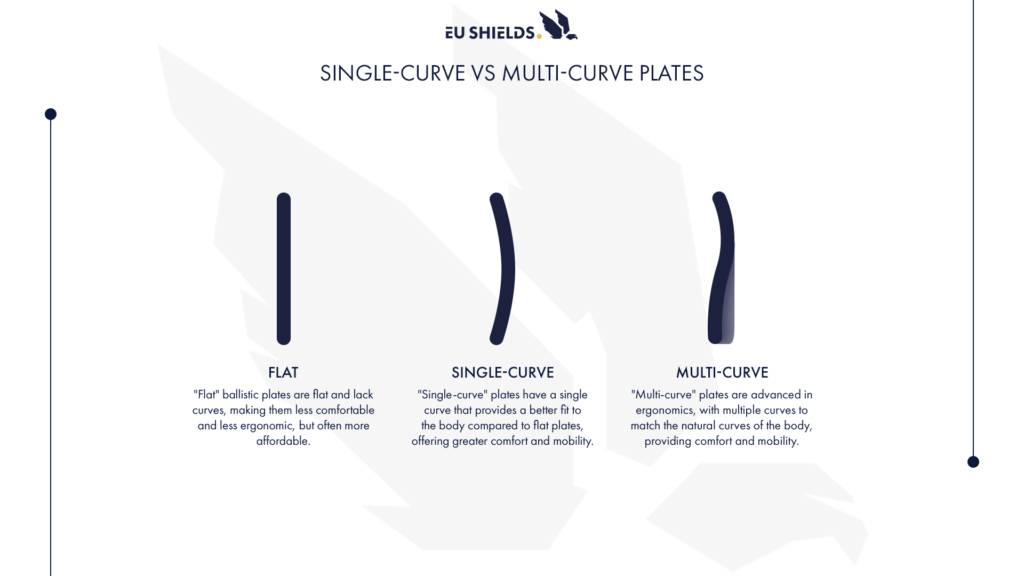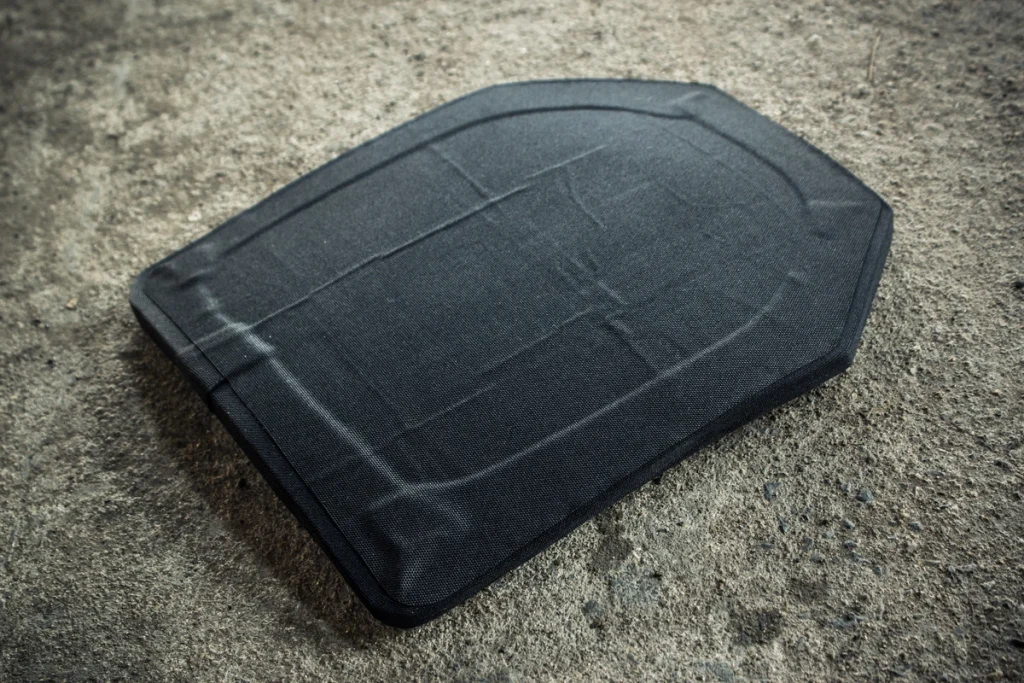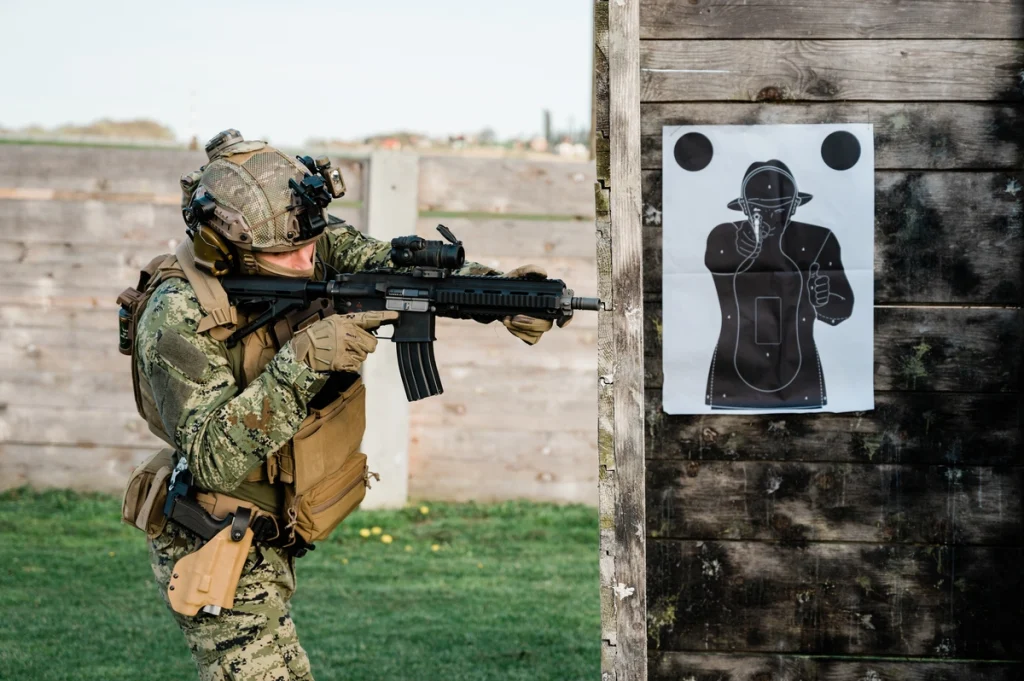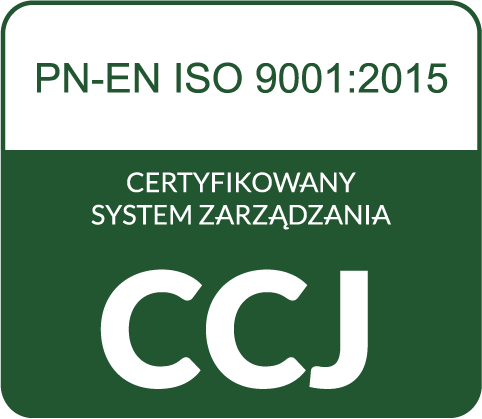In today’s rapidly evolving world of defense technology, choosing the right ballistic protection is a key element for the safety of both uniformed services and civilians. One of the most critical aspects of this decision is the type of ballistic plate used in bulletproof vests. In this article, we’ll take a look at how ballistic plates differ between the three main types: flat vs single-curve vs multi-curve, analyzing their properties, advantages and limitations. Our goal is to provide you with a comprehensive overview to help you make an informed choice that provides optimal protection for your individual needs and scenarios.
Porównanie Flat, Single-Curve i Multi-Curve w praktycznym zastosowaniu
Single-Curve vs Multi-Curve? – this question is asked by both experienced and novice users. Ballistic plates, essential for bulletproof vests, come in three main types: Flat, Single-Curve and Multi-Curve. Flat plates, being the simplest and cheapest option, are ideal for those looking for basic protection without the added cost. However, they are less comfortable and less ergonomic.
Single-Curve plates offer a better fit to the body, resulting in greater comfort. Their curvature is tailored to the overall anatomy of the body, making them a more practical choice for those who need more mobility when wearing protection.
At the top of the hierarchy are the Multi-Curve plates, which are designed for maximum comfort and fit. Their multiple curves perfectly mimic the natural curves of the body, providing users with the highest level of ergonomics and mobility. Although they are the most expensive ballistic protection solution, Multi-Curve plates are preferred by professionals requiring the highest level of protection and comfort, such as special forces officers and military personnel.

Flat ballistic plates
“Flat” type ballistic plates are the most basic form of protection in the field of bulletproof vests. Their main characteristic is their flat, unbent shape, which makes them relatively simple to manufacture and often available at lower prices than more advanced types of plates. Flat plates are usually made of tough ballistic materials, such as ceramic composites or hardened steel laminate. They provide robust protection against various types of gunfire, including small arms fire. However, due to their flat design, they may not provide as effective dissipation of impact energy as their curved counterparts.
A disadvantage of Flat plates is their limited wearing comfort, especially with prolonged use. Their flat surface does not conform to the shape of the wearer’s body, which can cause discomfort, limit range of motion and increase fatigue. This makes Flat plates less ideal for people who need to be mobile or wear protection for extended periods, such as police officers on patrol or security guards. Despite these limitations, Flat plates are still used in many situations, especially where cost and basic protection are a priority and comfort and mobility are less important. They are often chosen by institutions requiring large amounts of protective gear on limited budgets, such as security agencies and some military units.
Single-curve ballistic plates
Single-Curve ballistic plates represent the middle tier in the spectrum of available protective solutions, combining the features of Flat and Multi-Curve plates. The distinctive feature of Single-Curve plates is their single curvature, which better adapts to the natural curves of the human body. This curvature significantly increases the comfort of the wearer compared to flat plates, allowing a better fit to the chest and back. These plates are often made of similar materials to Flat plates, such as composite ceramic or steel, but their curved design provides better distribution of impact force, which can contribute to a higher level of protection.
Single-Curve plates are particularly popular among users who are looking for a compromise between effective protection and comfort. They are more ergonomic than Flat plates, providing greater freedom of movement, which is important for those who need to wear a bulletproof vest for extended periods of time, such as during prolonged police or military operations. Although more expensive than Flat plates, Single-Curve plates offer a better price/performance ratio for many users. Their popularity is due to the fact that they combine a basic level of protection with improved comfort and mobility, making them an attractive choice for a wide range of users – from security officers to personal protection enthusiasts.
Multi-curve ballistic plates
Multi-Curve ballistic plates represent the most advanced category in ballistic protection, offering an optimal combination of protection, comfort and mobility. The distinctive feature of these plates is their multiple curvature, which precisely mimics the natural contours of the wearer’s body. As a result, Multi-Curve plates provide significantly better fit and comfort compared to Flat and Single-Curve plates. They are used in the most demanding environments, such as specialized military units or tactical police groups, where every piece of equipment must provide maximum functionality.
The design of the Multi-Curve plates allows for an even distribution of impact force, which increases their effectiveness in absorbing and dissipating bullet impact energy. This advanced ergonomics translates into greater freedom of movement and less fatigue during prolonged wear. Although Multi-Curve plates tend to be more expensive than other types, their higher cost is justified for users who need the highest level of protection and comfort. They are an ideal choice for those who operate in extreme conditions and need equipment that does not limit their operational abilities. The ultimate choice of a Multi-Curve plate is an investment in superior quality and performance, guaranteeing users not only protection, but also confidence and trust in the most critical situations.

Choosing the right board is an individual matter
Choosing the right ballistic plate is a decision that should be carefully considered and tailored to the individual user’s needs. Flat, Single-Curve and Multi-Curve plates vary in design, comfort and level of protection, offering a wide range of options for different applications. It is worth remembering that the right choice of ballistic plate can significantly affect safety and effectiveness in emergency situations, so the decision should be made carefully and based on a thorough assessment of one’s needs and the conditions in which the plate will be used.



